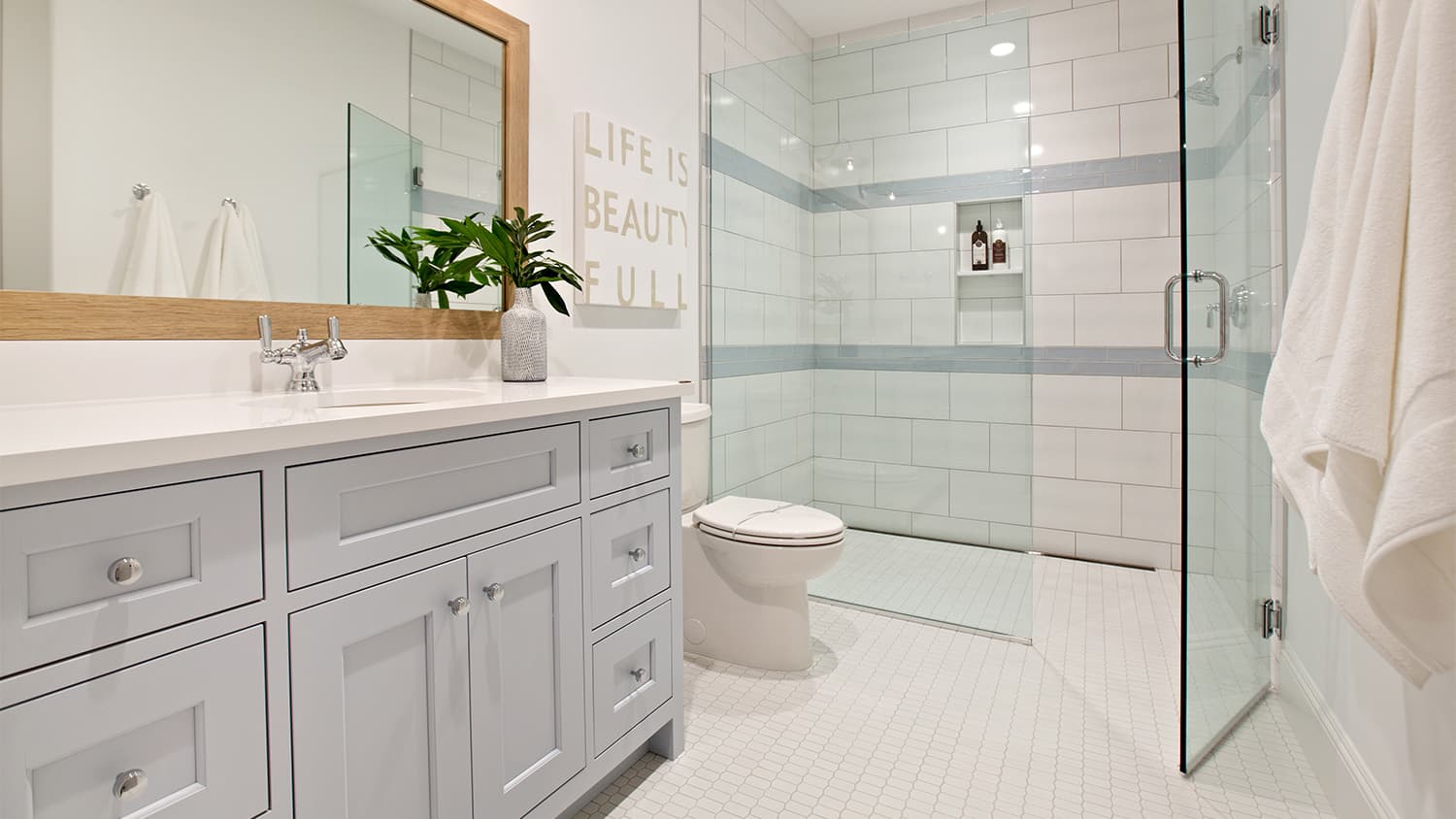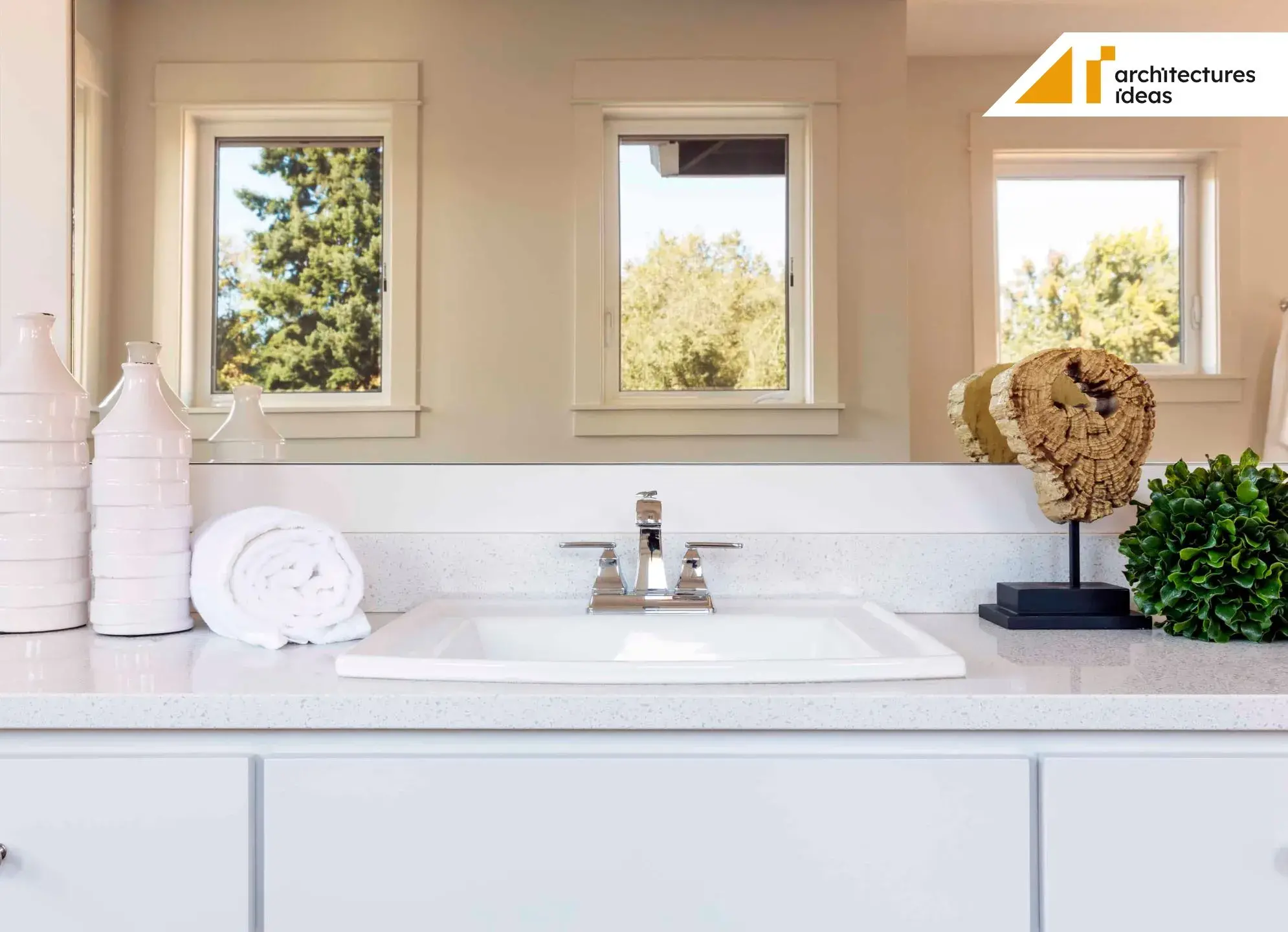Planning and Design

A well-defined plan and design are crucial for a successful small bathroom addition. A clear vision will guide the construction process, ensuring the final outcome meets your needs and budget.
Planning
Planning involves defining the scope of your project and making key decisions that will shape the bathroom’s functionality and aesthetics.
- Determining the desired size and layout: Consider the available space and how you intend to use the bathroom. A functional layout will maximize the limited space and ensure a comfortable experience. For example, a small bathroom might include a compact toilet, a corner sink, and a walk-in shower to optimize space.
- Selecting materials and fixtures: Choosing high-quality, durable materials is essential for a long-lasting bathroom addition. Select fixtures that are both stylish and functional, considering factors such as water efficiency and ease of cleaning. For example, a smaller bathroom might benefit from a low-flow toilet and a showerhead with multiple spray settings.
- Consulting with a contractor or architect: A professional can provide valuable expertise and ensure the project complies with building codes and regulations. They can also offer insights on design options and materials, helping you make informed decisions.
Design, How much is a small bathroom addition
A thoughtfully designed layout will maximize space and enhance the bathroom’s functionality.
- Toilet, sink, shower or bathtub, and storage space: A typical small bathroom layout might include a compact toilet, a pedestal sink, a walk-in shower, and a small cabinet for storage. Consider using corner spaces effectively to maximize storage.
- Accessibility features for individuals with disabilities: A small bathroom addition can be made accessible by incorporating features like a grab bar, a wider door, and a roll-in shower. These features will enhance the bathroom’s usability and safety for everyone.
Construction and Installation: How Much Is A Small Bathroom Addition

The construction phase of a small bathroom addition involves a series of steps that bring your design to life. This phase requires skilled professionals and careful planning to ensure a functional and aesthetically pleasing space.
Framing and Drywall
Framing forms the skeleton of the bathroom addition, providing support for the walls, ceiling, and any fixtures. This involves using lumber to create the walls and ceiling structure. The framing must meet building codes and be properly anchored to the existing structure. Once the framing is complete, drywall is installed, creating smooth surfaces for painting and tiling.
Plumbing and Electrical Work
Installing plumbing and electrical systems is crucial for a functional bathroom. This includes running water lines, installing a toilet, sink, and shower, as well as connecting electrical wiring for lights, fans, and outlets. Plumbing and electrical work require specialized knowledge and should be performed by licensed professionals.
- Accessing Existing Lines: Connecting to existing plumbing and electrical lines can be challenging, especially if the addition is located far from the main lines. This may require running new lines or using existing lines, which can involve additional costs and complexities.
- Ensuring Proper Ventilation: Adequate ventilation is essential to prevent moisture buildup and mold growth. Installing a ventilation fan is crucial, and proper ductwork must be installed to connect the fan to the exterior of the house.
Tile Installation and Finishing Touches
Tile installation is a key part of bathroom construction, providing durability and aesthetic appeal. Tiles can be installed on floors, walls, and even ceilings. The process involves preparing the surface, laying the tiles, and grouting the spaces between them.
- Waterproofing: Waterproofing is critical to prevent leaks and water damage. This involves using waterproof membranes and sealing around fixtures to prevent water from seeping into the structure.
- Finishing Touches: Once the tile installation is complete, the final touches are added. This includes installing fixtures, mirrors, towel racks, and other accessories. It’s essential to ensure everything is installed properly and meets the design specifications.
Managing the Construction Process
Managing the construction process efficiently is key to staying within budget and on schedule. This involves:
- Clear Communication: Maintain open and consistent communication with the contractor and all involved professionals. This helps avoid misunderstandings and ensures everyone is on the same page.
- Regular Inspections: Schedule regular inspections to monitor progress and ensure everything is being done according to plan. This helps catch any potential issues early on and prevents costly rework later.
- Contingency Planning: Unexpected issues can arise during construction. Having a contingency plan in place helps address these issues effectively and minimize delays and cost overruns.
